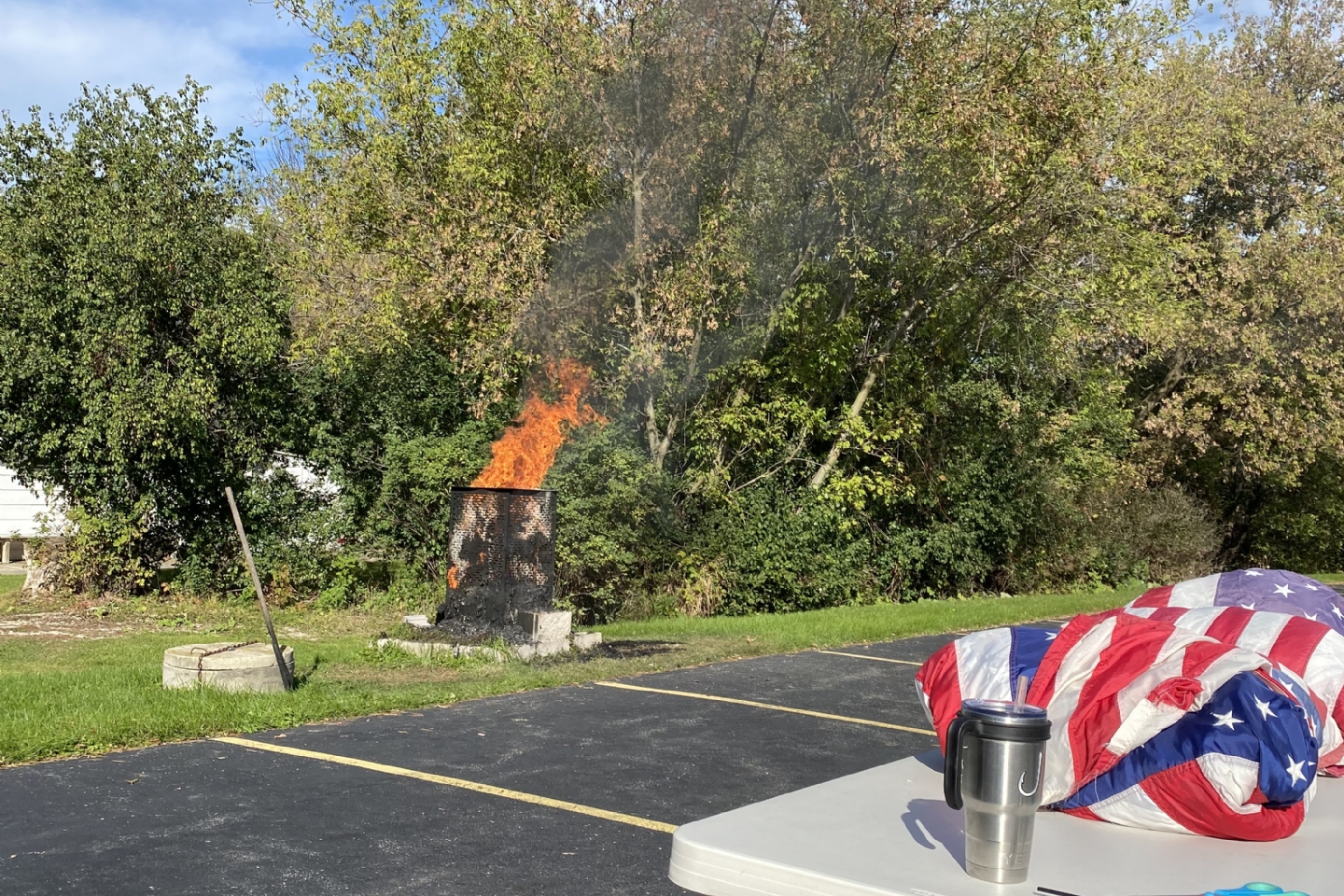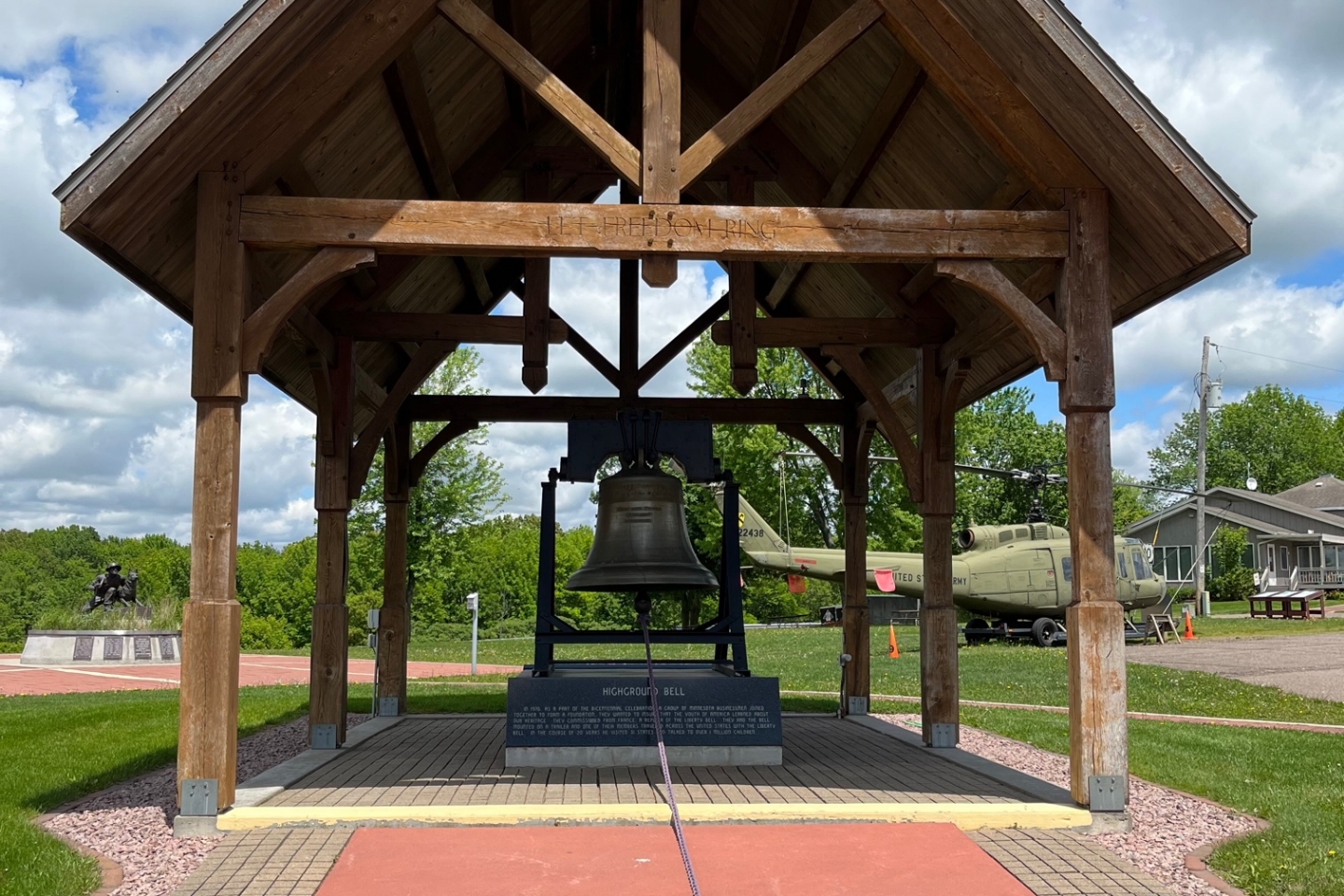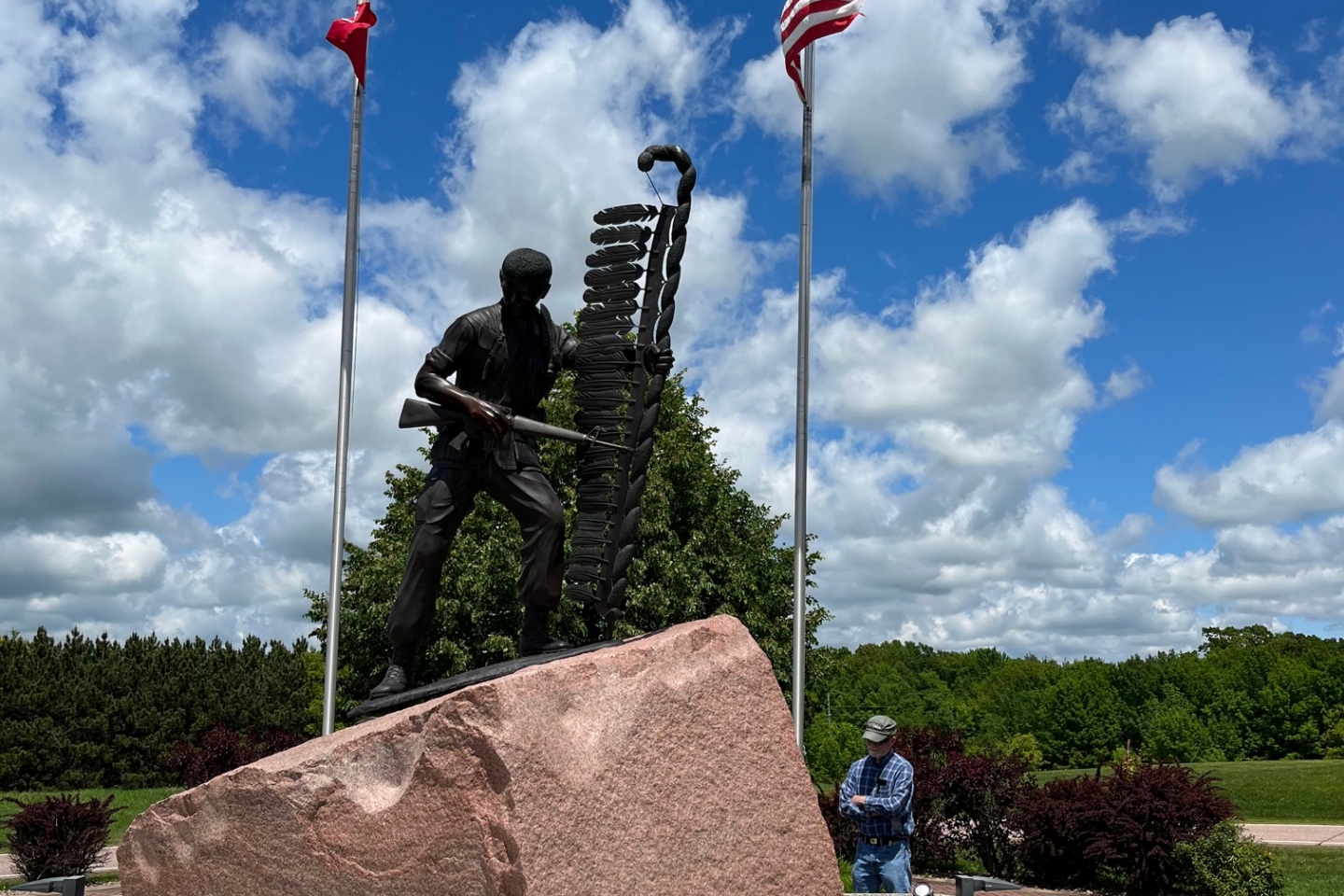







Under proposed guidelines, it would be easier for veterans to receive care in privately run hospitals and have the government pay for it. Veterans would also be allowed access to a system of proposed walk-in clinics, which would serve as a bridge between V.A. emergency rooms and private providers, and would require co-pays for treatment.
Veterans’ hospitals, which treat seven million patients annually, have struggled to see patients on time in recent years, hit by a double crush of returning Iraq and Afghanistan veterans and aging Vietnam veterans. A scandal over hidden waiting lists in 2014 sent Congress searching for fixes, and in the years since, Republicans have pushed to send veterans to the private sector, while Democrats have favored increasing the number of doctors in the V.A.
If put into effect, the proposed rules — many of whose details remain unclear as they are negotiated within the Trump administration — would be a win for the once-obscure Concerned Veterans for America, an advocacy group funded by the network founded by the billionaire industrialists Charles G. and David H. Koch, which has long championed increasing the use of private sector health care for veterans.
"Most veterans chose to serve their country, so they should have the choice to access care in the community with their V.A. benefits — especially if the V.A. can’t serve them in a timely and convenient manner,” said Dan Caldwell, executive director of Concerned Veterans for America.
In remarks at a joint hearing with members of the House and Senate veterans’ committees in December, Mr. Wilkie said veterans largely liked using the department’s hospitals.
"My experience is veterans are happy with the service they get at the Department of Veterans Affairs,” he said. Veterans are not "chomping at the bit” to get services elsewhere, he said, adding, "They want to go places where people speak the language and understand the culture.”
Health care experts say that, whatever the larger effects, allowing more access to private care will prove costly. A 2016 report ordered by Congress, from a panel called the Commission on Care, analyzed the cost of sending more veterans into the community for treatment and warned that unfettered access could cost well over $100 billion each year.
A spokesman for the Department of Veterans Affairs, Curt Cashour, declined to comment on the specifics of the new rules.
"The Mission Act, which sailed through Congress with overwhelming bipartisan support and the strong backing of veterans service organizations, gives the V.A. secretary the authority to set access standards that provide veterans the best and most timely care possible, whether at V.A. or with community providers, and the department is committed to doing just that,” he said in an email.
Veterans’ services organizations have largely opposed large-scale changes to the health program, concerned that the growing costs of outside doctors’ bills would cannibalize the veterans’ hospital system.
Dr. Shulkin, the former secretary, shared that concern. Though he said he supported increasing the use of private health care, he favored a system that would let department doctors decide when patients were sent outside for private care.
The cost of the new rules, he said, could be higher than expected, because most veterans use a mix of private insurance, Medicare and veterans’ benefits, choosing to use the benefits that offer the best deal. Many may choose to forgo Medicare, which requires a substantial co-pay, if Veterans Affairs offers private care at no charge. And if enough veterans leave the veterans’ system, he said, it could collapse.
"The belief is as costs grow, resources are going to shift from V.A. to the private sector,” he said. "If that happens on a large scale, it will be extremely difficult to maintain a V.A. system.”Tricare costs have climbed steadily, and the Tricare population is younger and healthier than the general population, while Veterans Affairs patients are generally older and sicker.
Though the rules would place some restrictions on veterans, early estimates by the Office of Management and Budget found that a Tricare-style system would cost about $60 billion each year, according to a former Veterans Affairs official who worked on the project. Congress is unlikely to approve more funding, so the costs are likely to be carved out of existing funds for veterans’ hospitals.At the same time, Tricare has been popular among recipients — so popular that the percentage of military families using it has nearly doubled since 2001, as private insurance became more expensive, according to the Harvard lecturer Linda Bilmes. "People will naturally gravitate toward the better deal, that’s economics,” she said. "It has meant a tremendous increase in costs for the government.”
LOUISVILLE - Iraq War Medal of Honor recipient, author and radio talk show host David Bellavia...
Background:
More than 53,000 veterans have been discharged from military service because they sustained injuries while serving our country in...